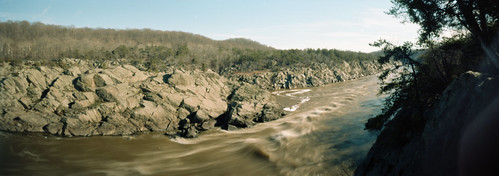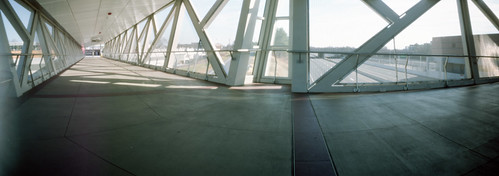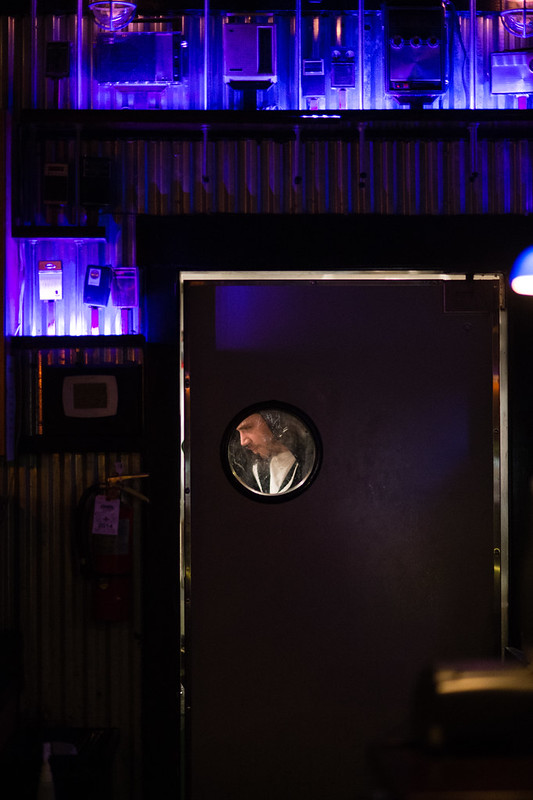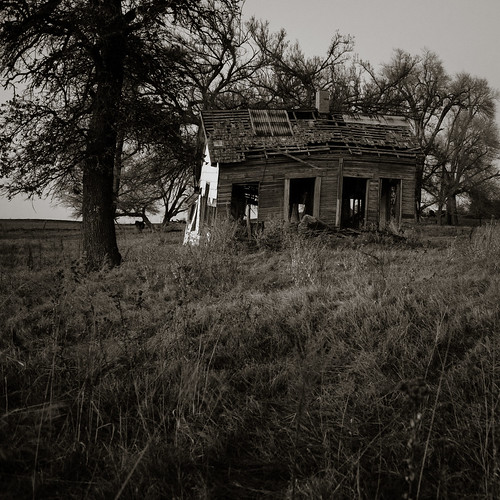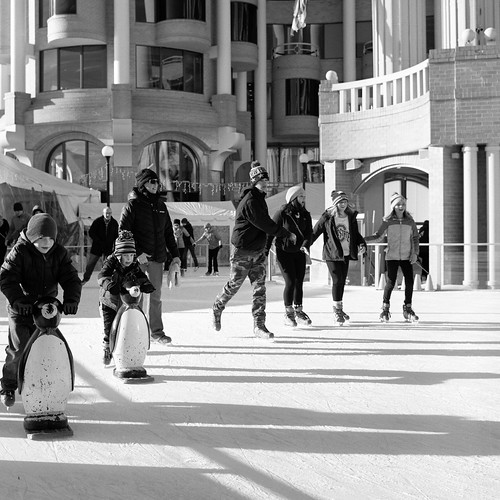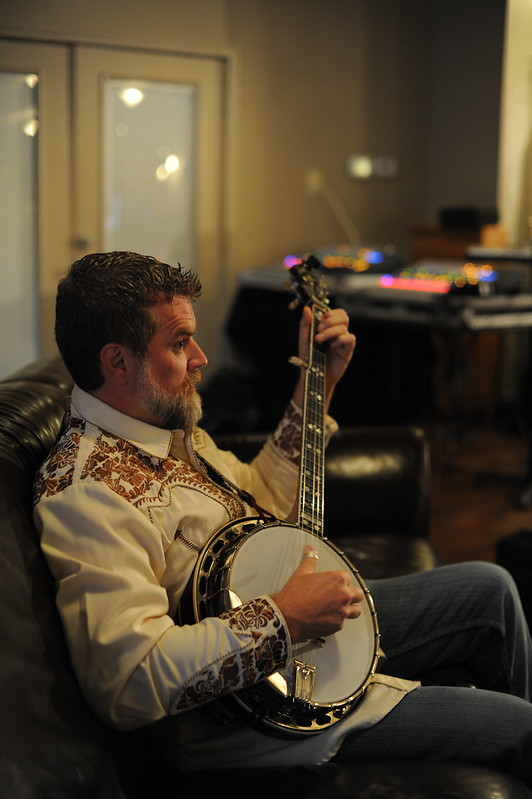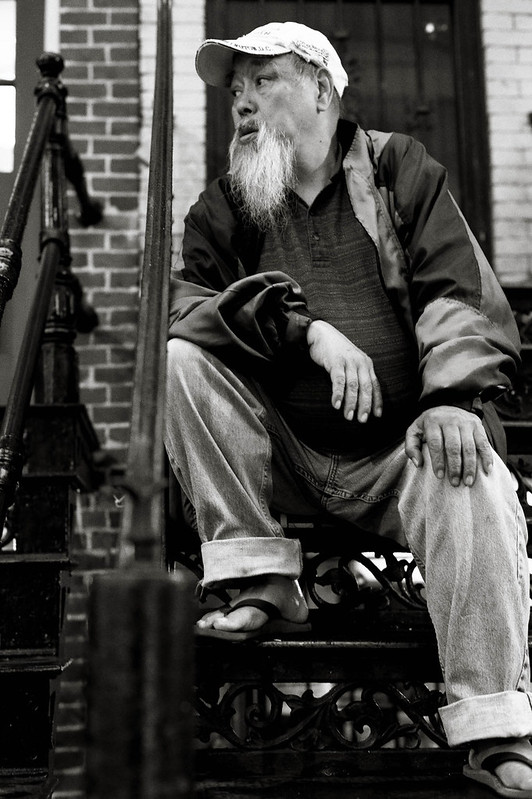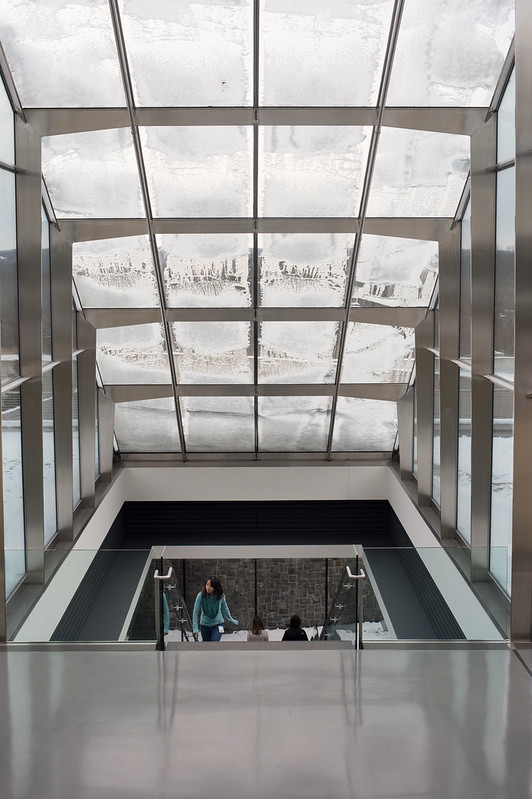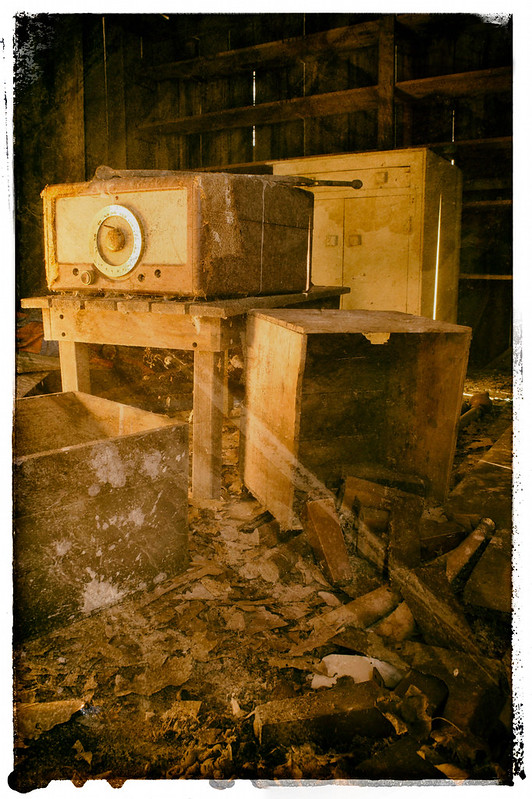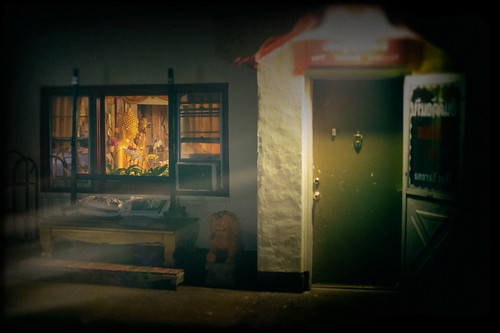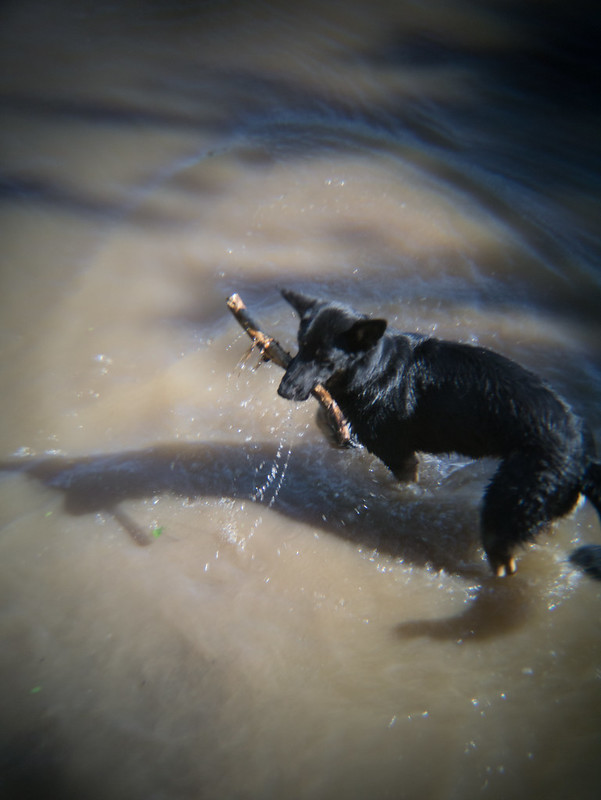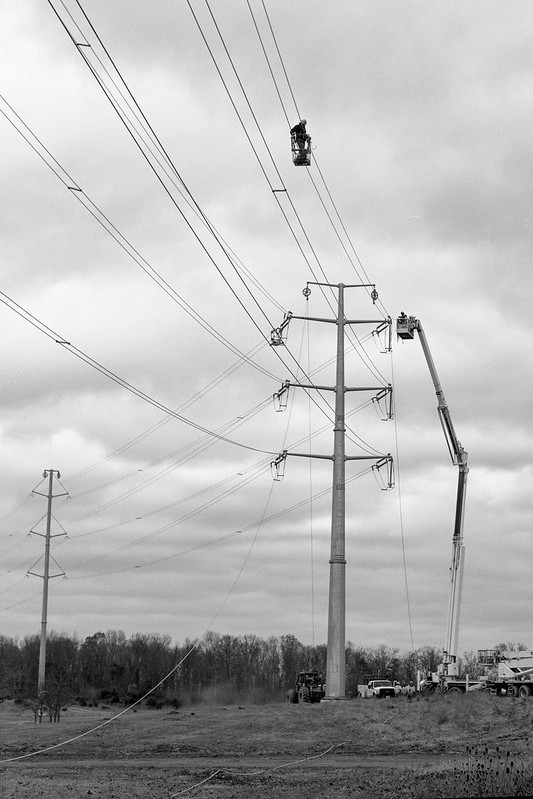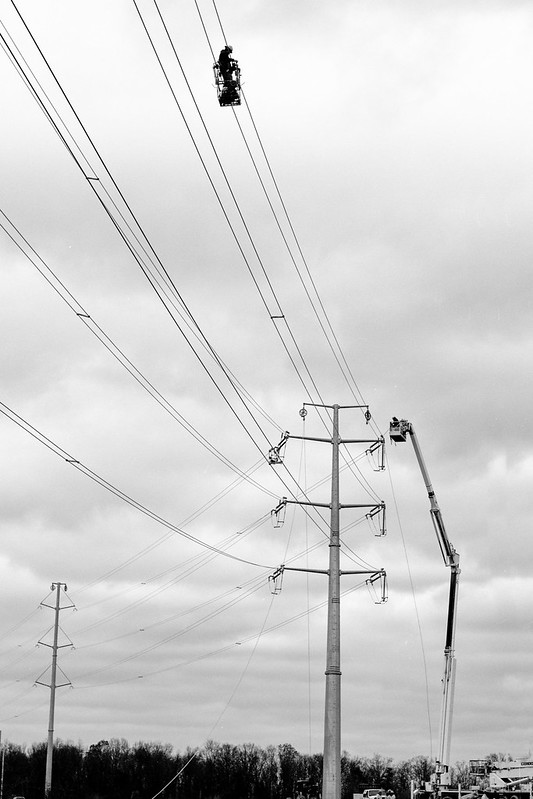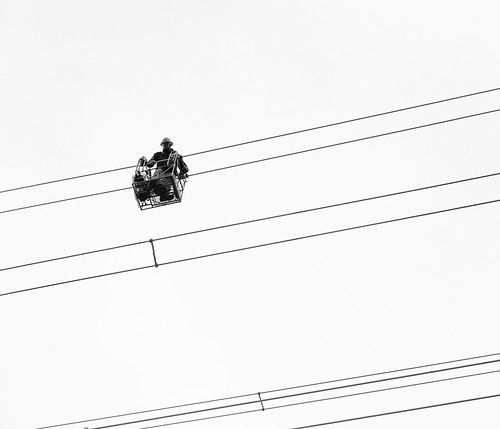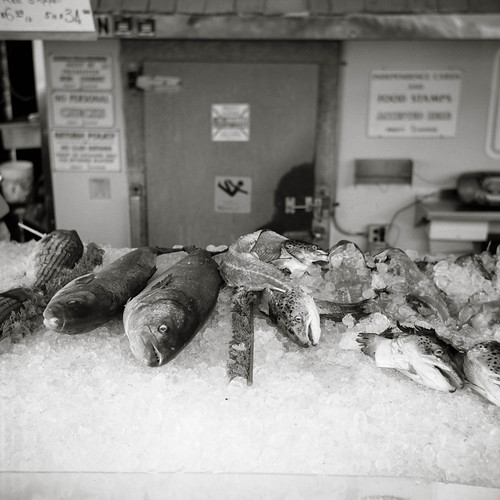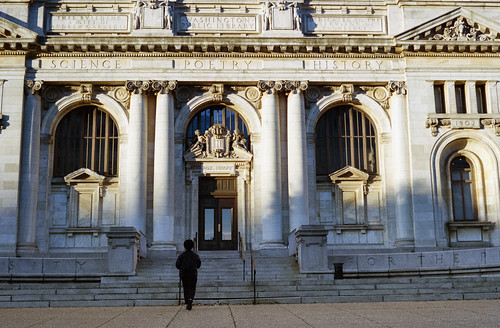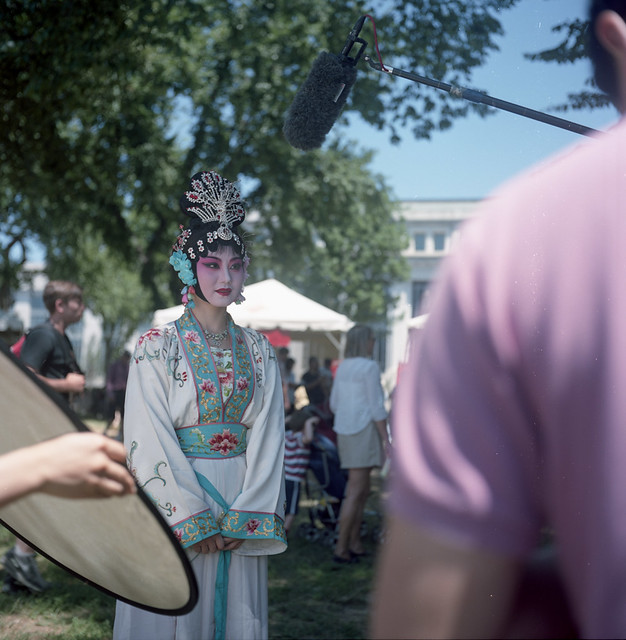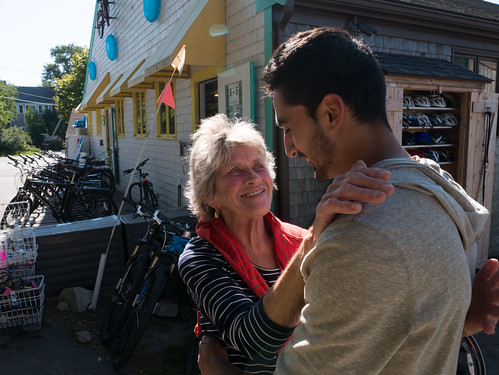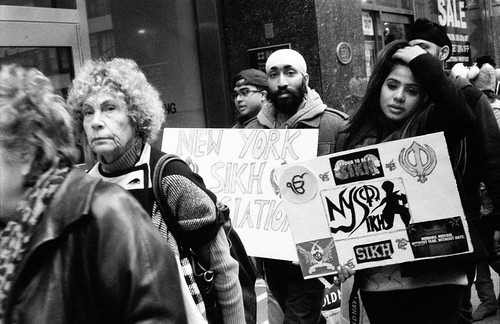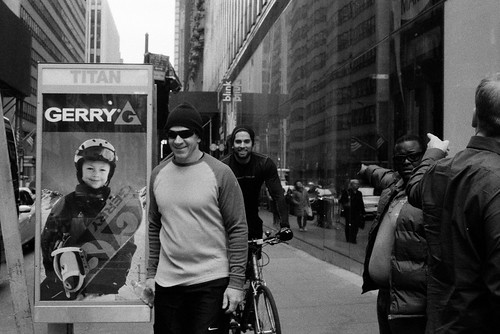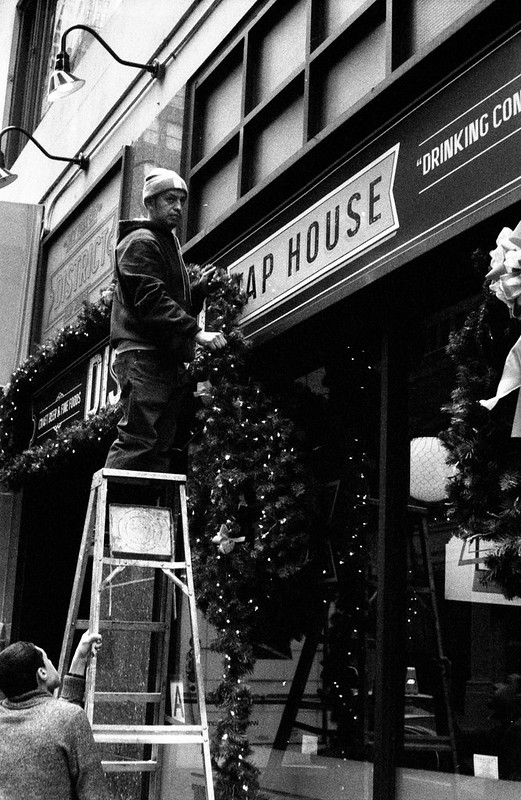DMC-365 focuses on creative photography equipment, techniques, and approaches. I believe that equipment is part of the creative process. I use Leica, Panasonic Lumix, Nikon and other cameras, both digital and film. On DMC-365, you can expect to see a lot of my own work, as well as work by others that I find interesting. I share methods, equipment developments, and creative approaches to photography.
Saturday, January 31, 2015
Mink at Jammin Java
Friday, January 30, 2015
First Shots - 6x17 Panoramic Pinhole - "Reality So Subtle"
Thursday, January 29, 2015
Kitchen Door
Wednesday, January 28, 2015
Dusk at the Old Homestead - Outside El Reno, Oklahoma
Tuesday, January 27, 2015
News Flash: Film Never Died! Financial Times Video
Monday, January 26, 2015
A Recent Favorite - Georgetown Iceskating
Sunday, January 25, 2015
Vienna Group - Alain
Saturday, January 24, 2015
About to Try Ilford HP5 (35mm B&W Film) for a While
Friday, January 23, 2015
Shooting in Recording Sessions
Thursday, January 22, 2015
Booked my Trip to Japan in April
Wednesday, January 21, 2015
The Next Step for my Leica M9 - Returning from Leica Service USA
- Leica USA Service has checked my camera, cleaned the sensor, and shipped it back, free of charge.
- Leica USA Service has indicated that my camera does not have the sensor issue. I'm surprised, but must assume that they're better equipped to diagnose it than I am.
- In Leica's announcement, they promise "an attractive offer" to upgrade. Despite trying as nicely yet persistently as I can, no information about my options for upgrading to a new model with different sensor has been forthcoming.
Tuesday, January 20, 2015
Delightful Weather
Monday, January 19, 2015
Deer Season in Virginia
Sunday, January 18, 2015
The Zenith - From the Days of Radio
Saturday, January 17, 2015
Refuge
Friday, January 16, 2015
6x17 Panoramic Digital? Wow. Price? WOW!
Thursday, January 15, 2015
Haruki Murakami and Photography
Wednesday, January 14, 2015
High Work, Powerline Installation
Tuesday, January 13, 2015
Not All TLRs Are Rolleiflexes
Monday, January 12, 2015
First Snow of the Season
Sunday, January 11, 2015
Halls of Knowledge
Saturday, January 10, 2015
Why Are These Old Cameras So Much Fun?
Friday, January 9, 2015
Film Fear-Mongering at Pop Photo?
While there are some other great films out there, including many to try out at the Film Photography Project's store, I have been content to stick with my favorites.
I recently started to read an article at Pop Photo entitled "12 Films Worth Shooting With Before They're Gone". I thought that maybe they had some information on films that truly are on their way out. As soon as I started the article, I noticed that the first two films listed were my favorites: Portra 400 and TMax 400! Oh, no! Did they know something I didn't? Nope, I don't believe so. Their third listed film is Tri-X, the most beloved of Kodak standards still available. I am pretty sure I would have heard if any public announcement had been made about Tri-X.
Now, I'm not saying it won't happen. We may see the sad day when these films disappear. I'm just not convinced that now is the time to get people worried about it. So, thanks for nothing useful in this case, Pop Photo.
(click here) to see it on Pop Photo's site.




